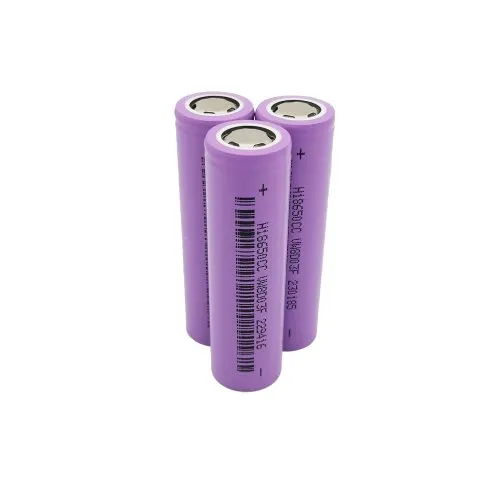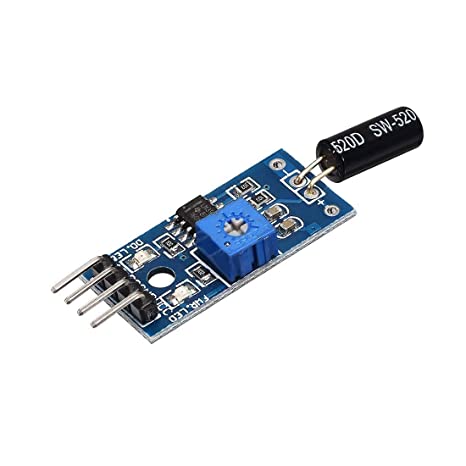Fire Alarm Circuit is a simple circuit that detects the fire and activates the Siren Sound or Buzzer. Fire Alarm Circuits are very important devices to detect fire in the right time and prevent any damage to people or property.
Fire Alarm Circuits and Smoke Sensors are a part of the security systems which help in detecting or preventing damage.
Creating a Fire Alarm System is a critical project that involves designing a system to detect the presence of fire or smoke and alert occupants of a building, ensuring their safety. Here’s a comprehensive outline to guide you through the project:
**1. Project Overview:**
Introduce the Fire Alarm System project and its significance in ensuring the safety of individuals in various environments, such as homes, offices, and public spaces.
**2. System Components:**
Detail the essential components of a fire alarm system:
– **Smoke Detectors**: Choose between ionization and photoelectric smoke detectors to sense smoke particles in the air.
– **Heat Detectors**: Use thermal sensors to detect sudden temperature increases caused by fires.
– **Control Panel**: Include a central control unit that processes sensor data and activates alarms.
– **Alarm Devices**: Integrate auditory (sirens, horns) and visual (strobes, LED indicators) alarms to alert occupants.
– **Power Supply and Backup**: Provide a reliable power source and a backup system in case of power failures.
– Bread Board, Jumper Wires, Flame sensor,
– 9V HW Battery, Battery Clip, IC LM358, 10K Pot, Buzzer.
**3. Sensor Placement:**
Discuss the strategic placement of sensors within the building, considering areas prone to fires or smoke accumulation, such as kitchens, bedrooms, and hallways.
**4. Wiring and Communication:**
Explain how sensors communicate with the control panel. Discuss wiring considerations, whether you’re using wired or wireless connections.
**5. Alarm Logic and Activation:**
Describe the logic for activating alarms:
– **Alarm Conditions**: Define the criteria that trigger the alarm system, such as specific smoke density levels or temperature thresholds.
– **Preventing False Alarms**: Implement algorithms to prevent false alarms caused by cooking smoke or steam.
– **Zoning**: Divide the building into zones, allowing for pinpointing the alarm’s origin.
**6. User Interface:**
Discuss the user interface elements of your system:
– **Control Panel Interface**: Create a user-friendly interface on the control panel for status monitoring and control.
– **Remote Monitoring**: Consider enabling remote monitoring and control through mobile apps or web interfaces.
**7. Emergency Response:**
Explain the procedures occupants should follow upon hearing or seeing the alarm, including evacuation routes and contacting emergency services.
**8. Testing and Maintenance:**
Describe the testing procedures to ensure the system’s functionality and reliability. Also, outline regular maintenance tasks to keep the system operational.
**9. Regulatory Compliance:**
Discuss any relevant codes, standards, and regulations your fire alarm system needs to adhere to. Safety certifications might also be necessary.
**10. Demonstration:**
Present a demonstration of your Fire Alarm System in action. Showcase how sensors detect smoke or heat, how the control panel responds, and how alarms are activated.
**11. Challenges and Solutions:**
Address any challenges faced during the project, such as false alarms or sensor calibration, and explain how you resolved them.
**12. Future Enhancements:**
Suggest potential improvements to your Fire Alarm System, such as integrating with smart home systems, implementing voice alerts, or adding advanced monitoring capabilities.
**13. Conclusion:**
Summarize the project, emphasizing its importance in safeguarding lives and property through early fire detection and timely alerts.
Creating a functional fire alarm system requires careful planning, adherence to safety standards, and rigorous testing. Ensure that your system is reliable and responsive to effectively prevent and respond to potential fire incidents.
* Product Images are shown for illustrative purposes only and may differ from actual product.
Package Includes :
- Completely ready projects
- 1 x Fire Alarm System Project.









Reviews
There are no reviews yet.